The ancient world often reveals itself at the last possible moment, just when history seems ready to erase it forever. That was the case in southern Turkey, where a stunning discovery in the city of Zeugma brought to light some of the most vivid mosaics ever uncovered — works of art preserved for nearly two thousand years. Found during urgent excavations, these masterpieces were unearthed only days before the rising waters of a newly constructed dam threatened to drown the site forever.
The mosaics, preserved in brilliant detail, depict mythological figures from Greek and Roman culture. They are not just decorative floor art but symbols of status, imagination, and storytelling from a city that once thrived as a bustling hub of trade, culture, and power.
The Ancient City of Zeugma: A Crossroads of Empires

Zeugma was founded in the 3rd century BC by Seleucus I Nicator, one of Alexander the Great’s generals, who named it Seleucia. Its location along the Euphrates River in what is today Gaziantep Province made it an ideal center for commerce and military strategy. When the Romans conquered the city in 64 BC, they renamed it Zeugma, meaning “bridge” or “crossing” in Greek, a nod to its role as a critical passage between East and West.
Under Roman rule, the city flourished. It became a melting pot of Greek, Roman, Persian, and local Anatolian influences. Merchants, generals, and intellectuals all passed through Zeugma, leaving behind traces of their wealth and ideas. By the 2nd century AD, the city may have housed as many as 80,000 residents, making it one of the most important urban centers in the region.
But like many ancient cities, Zeugma’s fortunes declined. In 253 AD, the Persian Sassanids captured and plundered the city, marking the beginning of its slow descent into obscurity. Over time, floods, earthquakes, and shifting empires buried Zeugma beneath layers of soil, hiding its treasures until the modern era.
A Race Against Time: The Dam That Sparked Excavations

In the year 2000, construction began on the Birecik Dam, part of a massive hydroelectric project along the Euphrates. The dam promised energy and water for modern Turkey, but it also threatened to submerge parts of ancient Zeugma under its rising reservoir.
Alarmed by the impending loss, an international team of archaeologists rushed to excavate the site before it disappeared beneath the waters. Among them was Professor Kutalmış Görkay of Ankara University, who led a team that would uncover some of the most breathtaking mosaics ever found in the Mediterranean world.
The sense of urgency added drama to the excavations. Archaeologists worked long days, digging through layers of soil and debris to rescue whatever history they could before the Euphrates swallowed it. What they discovered exceeded even their wildest expectations.
The Stunning Mosaics of Zeugma
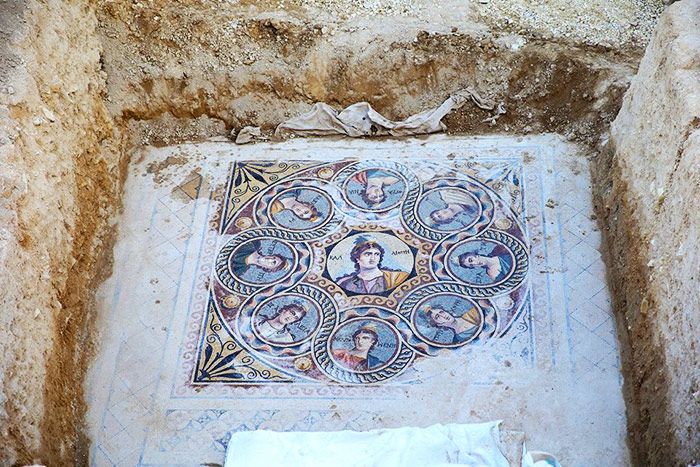
Beneath layers of earth, archaeologists uncovered mosaics so vibrant and detailed that they seemed almost untouched by time. Unlike other ancient sites where art fades to fragments, Zeugma’s mosaics dazzled with color, clarity, and storytelling power.
Mythology in Stone
The mosaics revealed a rich tapestry of Greek and Roman mythology. Among the most striking are depictions of Oceanus and Tethys, the primordial sea deities, whose flowing forms embody the eternal power of water. Another panel portrays Poseidon, the god of the sea, commanding his chariot with thunderous authority.
Perhaps the most enchanting is the mosaic of Thalia, the muse of idyllic poetry and comedy. With her serene face and delicate features, she reminds us that art was not just decoration but a reflection of intellect and imagination in ancient households.
The Patron’s Choice: Status Through Art
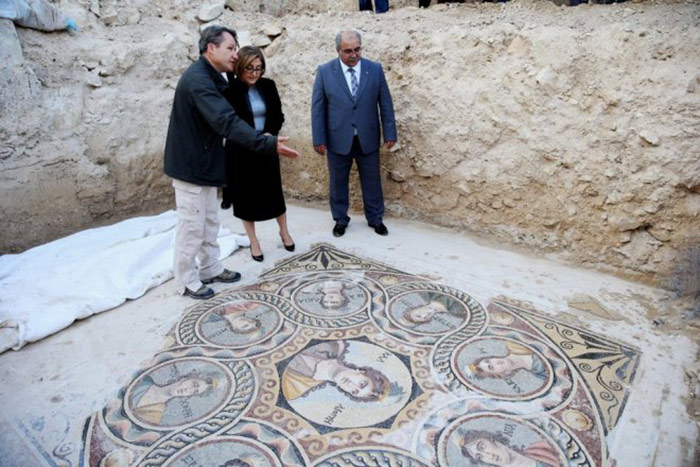
Professor Görkay explained to Archaeology.org that these mosaics were not mass-produced or chosen from a simple catalog. Instead, wealthy patrons commissioned specific designs to reflect their personal interests and social status. A man who valued literature, for instance, might commission a mosaic of the Three Muses, signaling his education and refinement.
These works of art were conversation pieces, status symbols, and cultural markers — designed to impress guests and cement the reputation of their owners.
How the Mosaics Survived
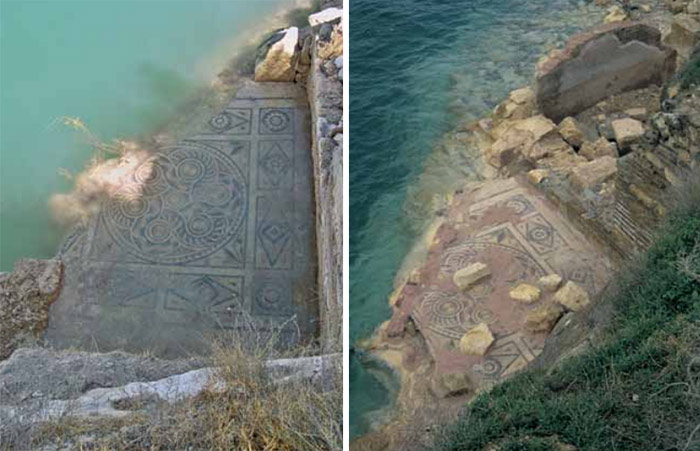
One question that fascinated archaeologists was how these mosaics survived so long and in such good condition. The answer lies partly in luck and partly in the very forces that threatened the city.
After the Sassanid attack in 253 AD, many of Zeugma’s homes and villas collapsed, covering their mosaic floors in rubble. Ironically, this destruction preserved the mosaics, protecting them from weather, erosion, and looting for nearly two millennia. When archaeologists uncovered them in 2000, the artworks appeared almost as vivid as the day they were first laid.
The Rescue and Restoration Effort
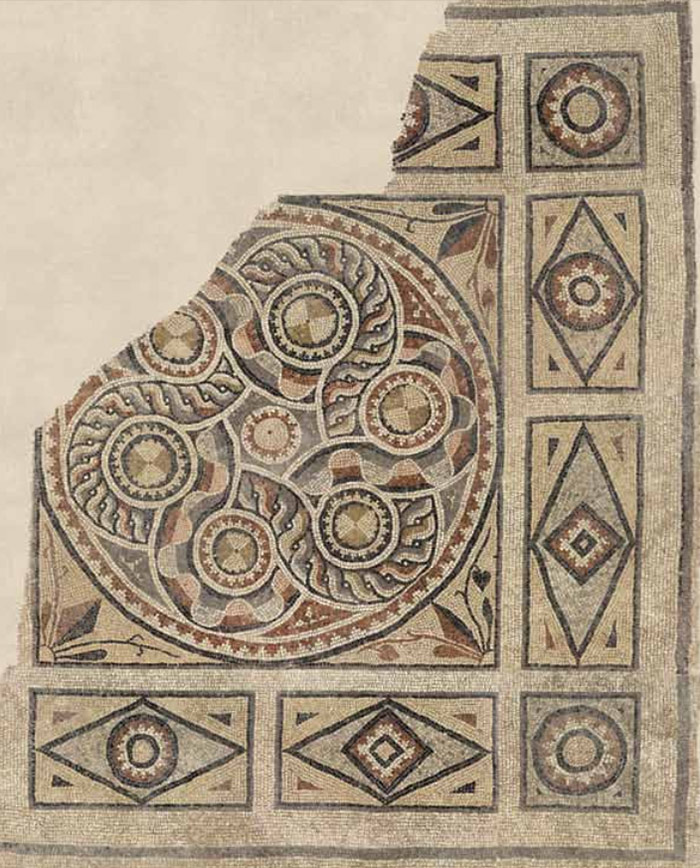
Once uncovered, the mosaics had to be carefully removed from the ground before flooding could destroy them. Each piece was documented, lifted, and transported to conservation labs where experts painstakingly restored damaged sections.
Some mosaics now reside in the Zeugma Mosaic Museum in Gaziantep, which opened in 2011 and is today one of the largest mosaic museums in the world. Visitors can walk among panels that once adorned the homes of Roman elites, marveling at the intricate artistry and vibrant colors that survived centuries underground.
Why Zeugma Matters for History

The discovery of Zeugma’s mosaics is not just an artistic triumph; it’s a historical revelation.
Cultural Crossroads
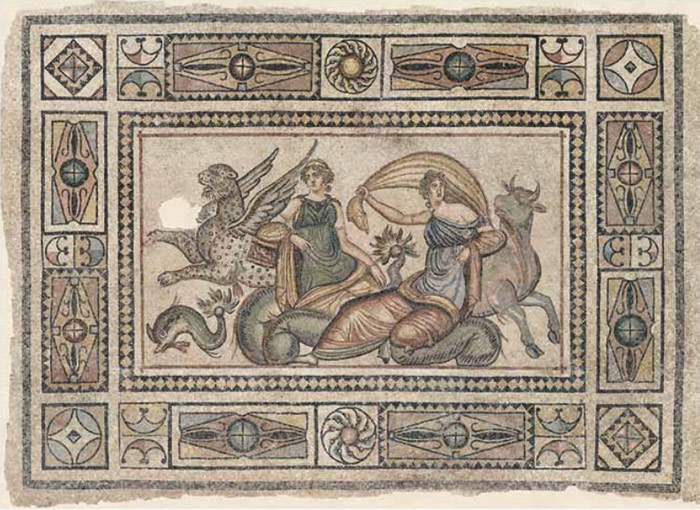
The mosaics reflect the blending of Greek, Roman, and Eastern influences. Figures from Greek mythology appear alongside artistic styles influenced by Persia and Anatolia, underscoring Zeugma’s role as a cultural crossroads.
Everyday Life in Antiquity
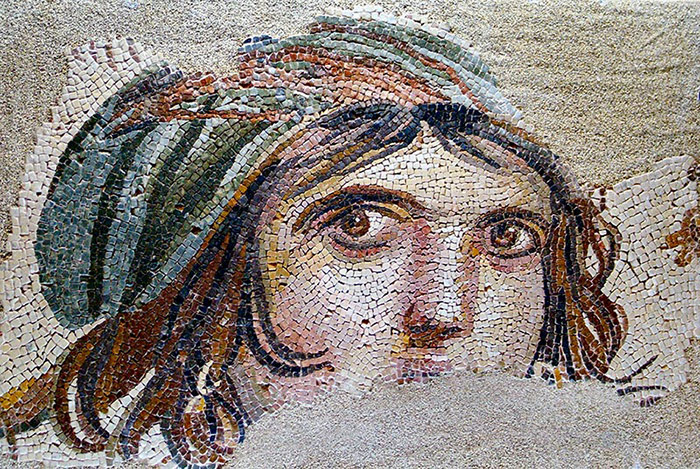
Beyond mythological scenes, some mosaics depict daily activities, animals, and landscapes. These images provide rare insight into the everyday concerns and aesthetic values of Roman provincial elites.
Preserving the Fragile Past
Zeugma also highlights the tension between modern development and historical preservation. Without the construction of the Birecik Dam, the mosaics might never have been discovered. Yet without rapid excavation, they would have been lost forever. It is a stark reminder that progress often comes at the cost of heritage unless proactive measures are taken.
Other Ancient Discoveries at Zeugma

While the mosaics stole the spotlight, archaeologists also uncovered statues, coins, and household artifacts that paint a fuller picture of life in the city. Among the most famous finds was the haunting mosaic known as the “Gypsy Girl,” whose piercing gaze has captivated viewers around the world.
Global Fascination with Zeugma
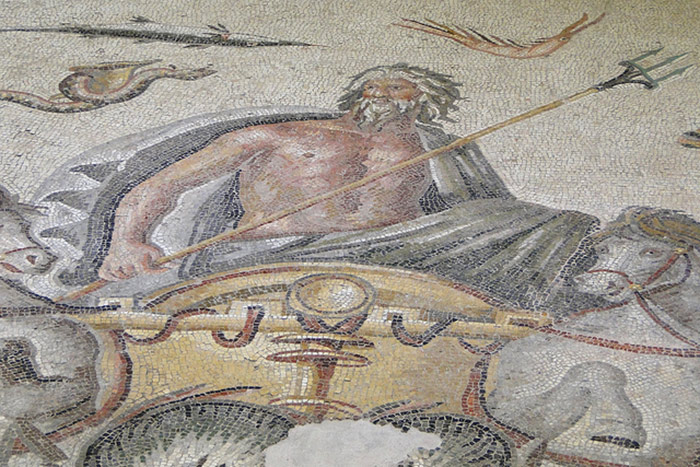
Since their discovery, the Zeugma mosaics have become an international sensation. Scholars study them to understand ancient iconography, while tourists flock to Turkey to see them firsthand. The discovery has also inspired documentaries, exhibitions, and countless articles, fueling public fascination with the lost world of antiquity.
Social media has played a role in spreading their fame, with images of the mosaics going viral as people marvel at their beauty and preservation. The mosaics remind us that ancient civilizations were not abstract concepts but real societies with stories, values, and dreams still visible in stone.
Lessons from Zeugma: Art, Memory, and Loss
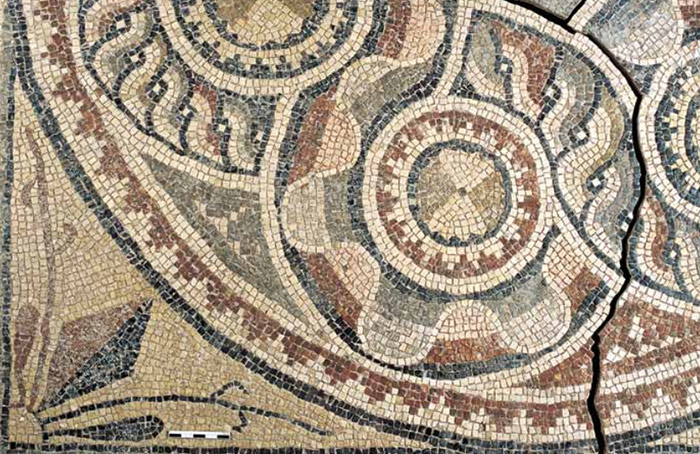
The mosaics of Zeugma tell us as much about the present as they do about the past. They remind us that art has always been a way for humans to express identity, status, and imagination. They also warn us that cultural treasures are fragile, often one flood, one earthquake, or one war away from destruction.
The fact that these mosaics were discovered just in time before submersion by the Birecik Dam underscores the importance of rescue archaeology — the urgent excavation of sites threatened by modern development. Without it, humanity risks losing irreplaceable connections to its shared history.
Conclusion: A Timeless Legacy Saved from the Waters
The 2,000-year-old mosaics of Zeugma stand as one of archaeology’s most dramatic rescues. Vibrant, mythological, and deeply human, they provide a window into a world that once thrived along the Euphrates River. Though the waters of the Birecik Dam rose to cover much of the ancient city, these masterpieces survived — a testament to the enduring power of art to outlive even the rise and fall of empires.
As visitors walk the halls of the Gaziantep Mosaic Museum today, they do more than admire beautiful stonework. They connect with the imaginations of patrons long gone, with artists whose hands shaped colored stones into gods, muses, and sea deities. In those shimmering panels, history still speaks — rescued from the flood, preserved for all time.
✅ Sources:
